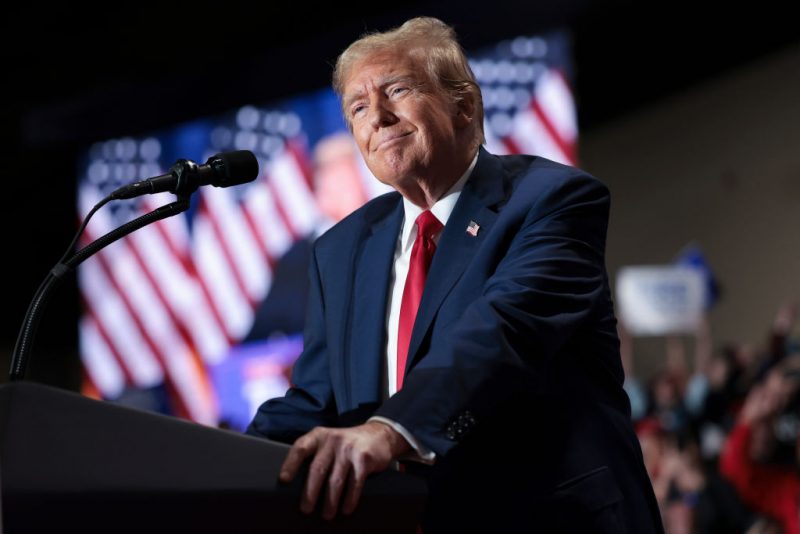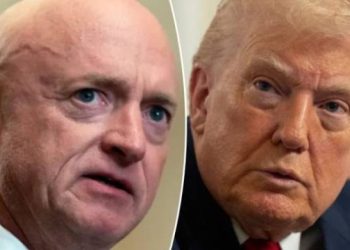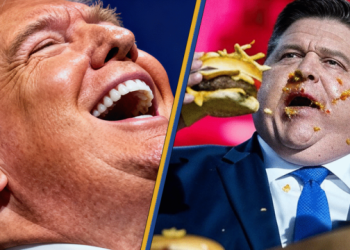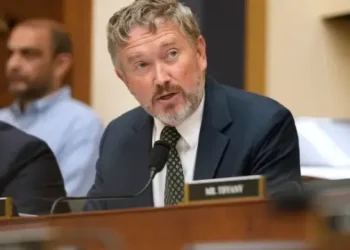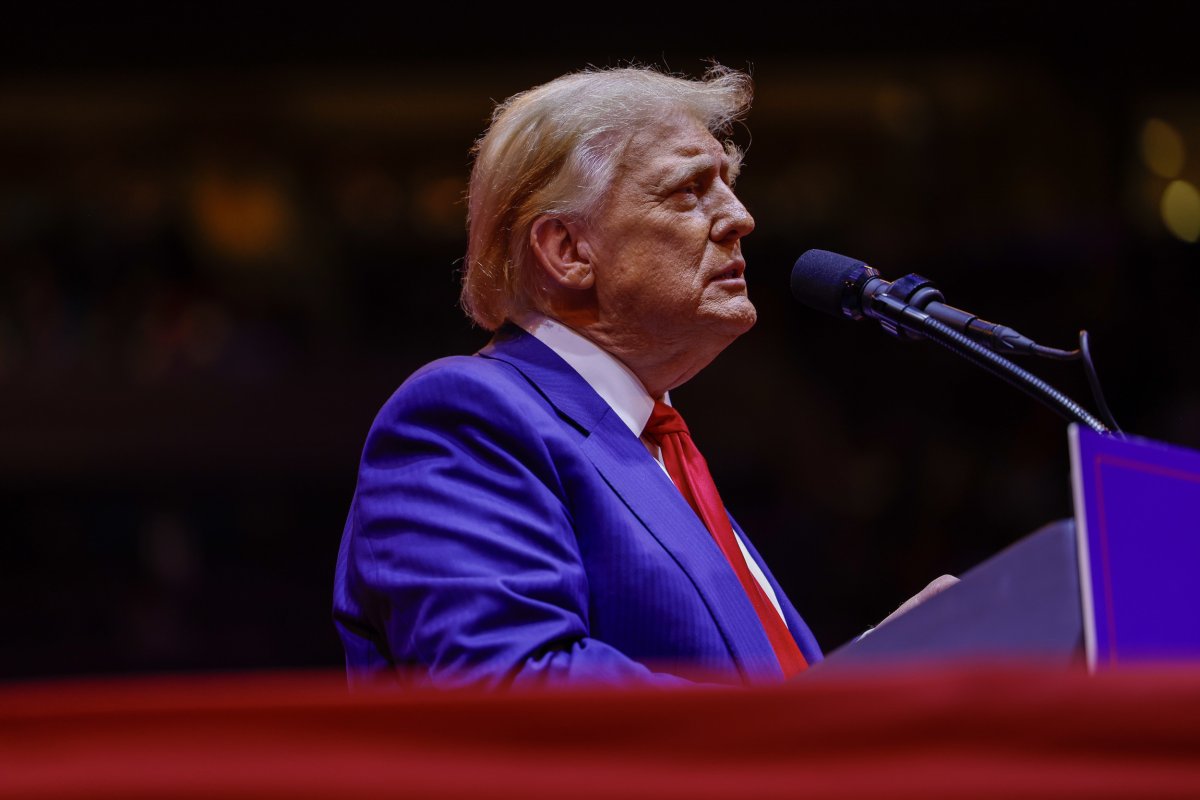President Donald Trump emphasized on March 6 that he has directed his administration to adopt a more precise approach to federal workforce reductions, ensuring that the most productive employees are retained. In a post on Truth Social, Trump described a “very positive” meeting with most Cabinet secretaries and senior adviser Elon Musk to discuss staffing cuts. He stated that all parties are committed to making government more efficient and reducing federal spending at a “historic level,” but stressed the need for a targeted approach. Trump clarified that department heads, not Musk or DOGE, hold the ultimate authority over hiring and firing decisions.
“Now that we have my Cabinet in place, I have instructed the Secretaries and Leadership to work with DOGE on Cost Cutting measures and Staffing,” Trump wrote. “As the Secretaries learn about, and understand, the people working for the various Departments, they can be very precise as to who will remain, and who will go. We say the ‘scalpel’ rather than the ‘hatchet.’”
Trump reiterated his commitment to a leaner bureaucracy but emphasized that capable and necessary federal workers should not be dismissed en masse. “It’s very important that we cut levels down to where they should be, but it’s also important to keep the best and most productive people,” he wrote. “We’re going to have these meetings every two weeks until that aspect of this very necessary job is done.”
In remarks to reporters after the meeting, Trump described the federal workforce—approximately 2.3 million employees—as “out of control” and urged Cabinet members to take the lead in trimming staff. “If they can cut, it’s better. And if they don’t cut, then Elon will do the cutting,” Trump said. “But I want them to do the best job they can where we have good people, those that are precious. It’s very important, and we want them to keep the good people.”
The push for workforce reductions follows weeks of turmoil in Washington, where tens of thousands of federal employees have been abruptly dismissed, sparking criticism and legal challenges. Apple co-founder Steve Wozniak criticized the mass firings, calling them a “sledgehammer” approach. “I definitely think that we should look for inefficiencies in government,” Wozniak told CNBC at the Mobile World Congress in Barcelona. “Just mass firings … it’s not good for a business to run that way.” He advocated for a more measured approach, analyzing what works and what doesn’t, and making cuts “more surgically, with a scalpel instead of a sledgehammer.”
Trump has repeatedly pledged to overhaul the federal workforce. In a February 11 executive order, he called for a “critical transformation of the Federal bureaucracy,” aiming to downsize and restructure the government to maximize efficiency and productivity. During a speech at the Conservative Political Action Conference on February 22, Trump outlined plans to enforce stricter workplace attendance, eliminate remote work privileges, and expose government employees engaged in outside employment. “We want to make government smaller, more efficient. We want to keep the best people, and we’re not going to keep the worst people,” he said.
A White House memo on February 26 directed agencies to finalize plans for large-scale firings by mid-March, while also instructing agency heads to collaborate with DOGE on workforce reduction strategies. As of now, there is no official count of total firings and layoffs, but reports suggest at least 20,000 people have been let go, with another 75,000 accepting deferred resignations—bringing the total number of affected individuals to nearly 100,000.
Recruitment firm Challenger, Gray & Christmas reported on March 6 that U.S. employers announced 172,017 layoffs in February, the highest monthly total since July 2020. The government sector accounted for the highest number of layoffs, with 62,242 job cuts across 17 agencies—a 41,000 percent increase from the 151 planned reductions announced in February 2024.
 Telegram is where we really talk. Don't miss out!
Telegram is where we really talk. Don't miss out!

